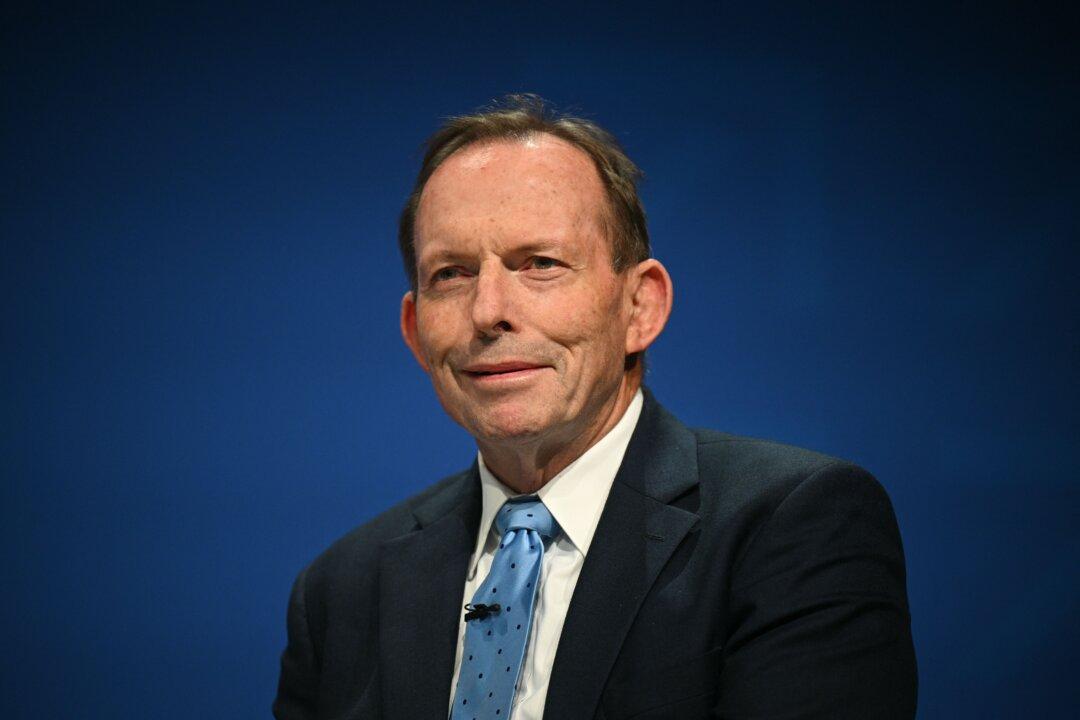As the final week of the U.N. Global Plastics Treaty negotiations is being held in Geneva, Australian filmmaker and environmental advocate April Howard hopes that firsthand stories from the Pacific will support the negotiators who are pressing for stronger controls on the production, use, and disposal of plastics.
While progress has been made since the treaty was first mooted in 2022, countries including the United States, Saudi Arabia, and Iran, have pushed back against measures to limit plastic production.
They have pushed against production control and want the plastics pollution problem to be addressed entirely through downstream waste management measures instead.
Some countries such as Russia favour voluntary over binding measures, and there’s a lack of consensus around creating a finance mechanism to implement the treaty—notably one that could adequately support developing countries—and the extent to which it should include concessional and private finance.But Howard, producer and co-director of the upcoming documentary “Voices of the Pacific,” who spent the last year travelling to some of the most remote and impacted regions in the Pacific, says the devastating consequences of plastic pollution on communities, cultures, and ecosystems need the strongest possible measures.
At the U.N., she will both shoot footage for an upcoming feature to highlight the problem and show the 30-minute documentary made in the worst-hit areas of the Pacific.
One of those places is Palau, which consists of 340 small islands in Micronesia, many of them remote.
On one such uninhabited island she describes “marvelling at a dawn gathering of thirty green sea turtles grazing in the shallows” before her local guide, Lazarus, a former ranger, took her to the its northern shore.
There, she was confronted with mountains of plastic debris: bottles, caps, fishing ropes, and discarded thongs (also called flipflops and jandals) carried thousands of kilometres by ocean currents.
“Pacific Island nations produce only a tiny fraction of the world’s plastic, yet they are drowning in it,” Howard said.
“Lazarus has turned the waste into haunting installations, not as art for art’s sake, but as a desperate cry for help. There’s nowhere to store it, nowhere to send it. It just keeps coming.”





